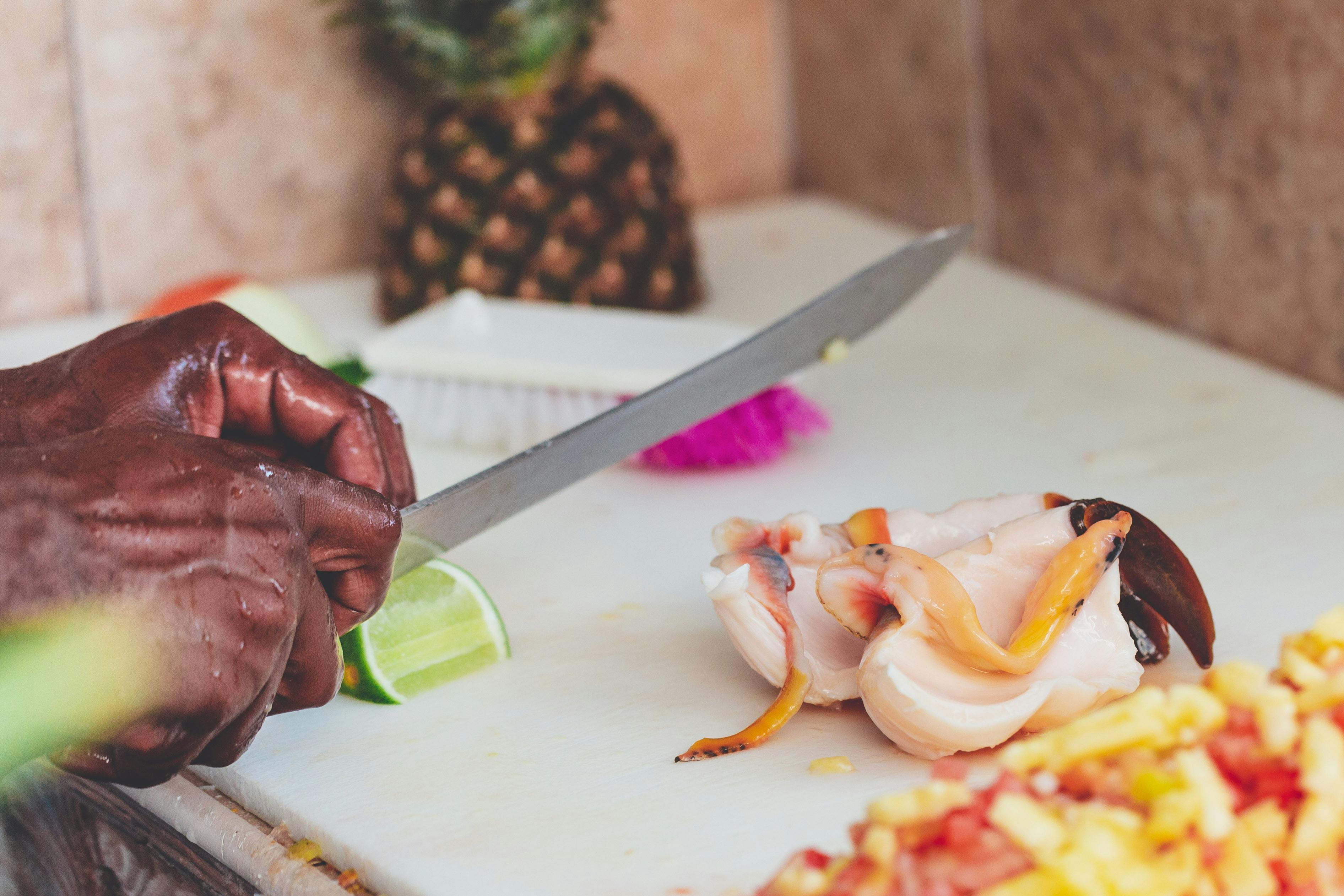Culinary Nomads: The Rise of Digital Culinary Communities
The global food landscape is undergoing a radical transformation, with technology bridging geographical gaps and creating virtual kitchens where culinary enthusiasts converge. This phenomenon of digital culinary communities is reshaping how we learn, share, and experience food. From recipe swaps to live cooking sessions, these online gatherings are fostering a new era of gastronomic exploration and cultural exchange.

These platforms laid the groundwork for more specialized digital spaces dedicated to culinary pursuits. Forums, dedicated apps, and even virtual reality experiences began to crop up, catering to niche interests within the food world. The COVID-19 pandemic accelerated this trend, as lockdowns drove people to seek connection and new hobbies online, with cooking emerging as a popular choice.
The Anatomy of a Digital Culinary Community
Digital culinary communities come in various forms, each with its unique flavor. Some revolve around specific cuisines or dietary preferences, while others focus on cooking techniques or equipment. What they share is a common structure that facilitates learning, sharing, and interaction.
These communities often feature discussion boards where members can ask questions, share tips, and debate culinary topics. Recipe exchanges are a cornerstone, with users sharing both traditional family recipes and innovative creations. Many platforms incorporate rating systems and comment sections, allowing for feedback and refinement of recipes.
Live streaming has become increasingly popular, with professional chefs and home cooks alike hosting real-time cooking sessions. These events often include interactive elements, such as Q&A sessions or challenges where viewers cook along with the host.
Cultural Exchange Through the Digital Spice Route
One of the most significant impacts of digital culinary communities is their role in cultural exchange. These platforms act as a modern-day spice route, facilitating the flow of culinary knowledge across borders. Members from different countries share traditional recipes, introducing others to new flavors and techniques.
This exchange goes beyond mere recipe sharing. It often includes discussions about the cultural significance of dishes, the history behind certain ingredients, and the rituals associated with different cuisines. As a result, participants gain a deeper understanding of diverse cultures through the lens of food.
The accessibility of these communities has democratized culinary education. Home cooks now have unprecedented access to expert knowledge, whether it’s learning authentic techniques from a Thai chef or understanding the science behind fermentation from a food scientist.
The Impact on Food Industry and Consumer Behavior
Digital culinary communities are not just changing how we cook at home; they’re influencing the entire food industry. Restaurants and food brands are taking note of trends emerging from these online spaces, adapting their offerings to meet evolving consumer preferences.
These communities have become powerful influencers in their own right. A dish or ingredient that goes viral within a digital culinary community can quickly translate to real-world demand. This has led to the rise of new food trends and the revival of forgotten ingredients or techniques.
Moreover, these platforms are changing how consumers approach cooking and eating. There’s a growing emphasis on experimentation, with home cooks more willing to try unfamiliar ingredients or cuisines. The sharing culture of these communities has also fostered a renewed interest in homemade and artisanal foods, challenging the dominance of processed products.
Challenges and Future Trajectories
While digital culinary communities offer numerous benefits, they also face challenges. Issues of cultural appropriation and the oversimplification of complex culinary traditions are ongoing concerns. There’s also the risk of misinformation spreading, particularly when it comes to food safety or nutrition advice.
Looking ahead, these communities are likely to become even more immersive and interactive. Virtual and augmented reality technologies could create more realistic cooking experiences, allowing users to virtually step into kitchens around the world. Artificial intelligence might play a role in personalizing recipe recommendations or adapting dishes to individual dietary needs.
As these digital culinary communities continue to evolve, they have the potential to reshape our global food culture fundamentally. By fostering connection, creativity, and cultural exchange through the universal language of food, they are cooking up a future where culinary boundaries are more fluid than ever before.





